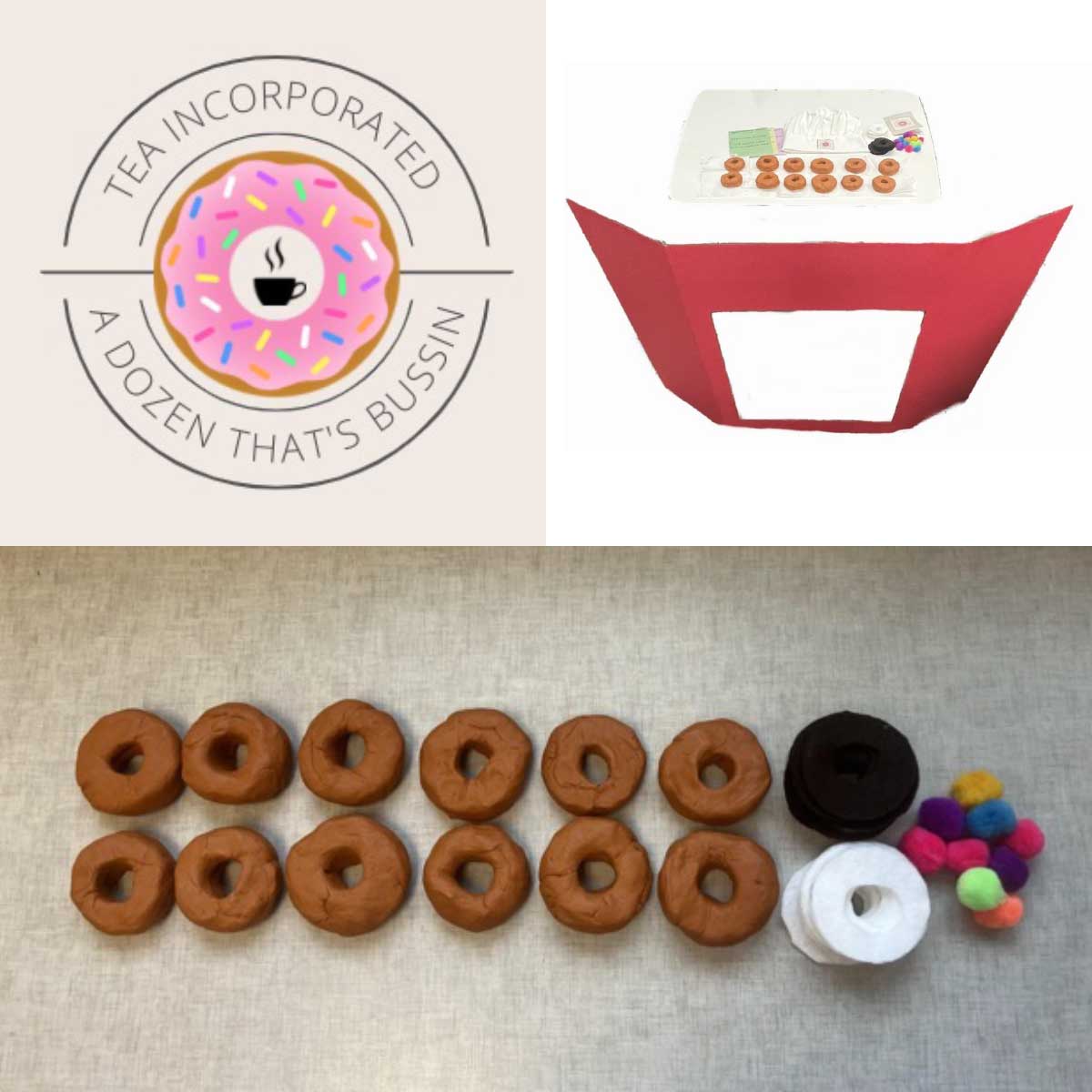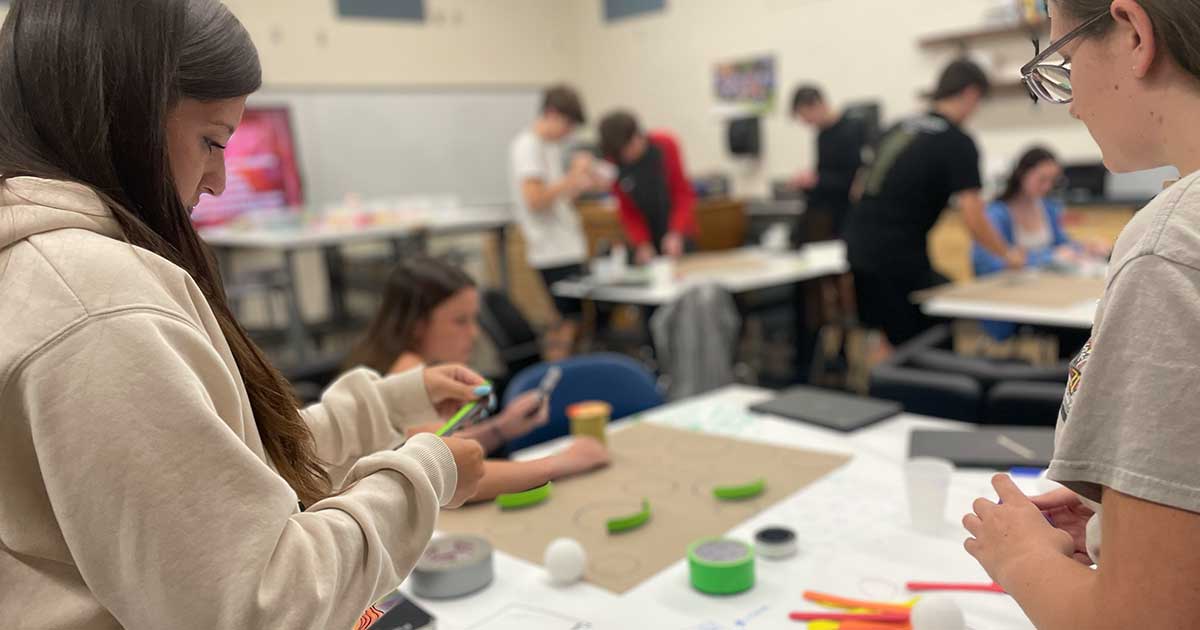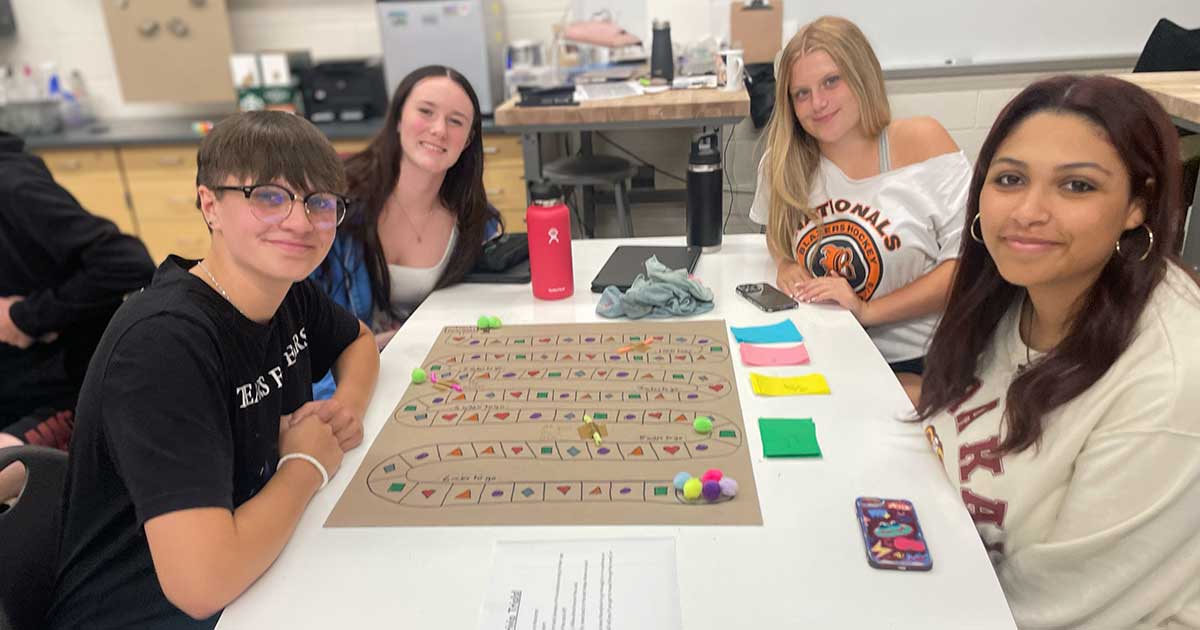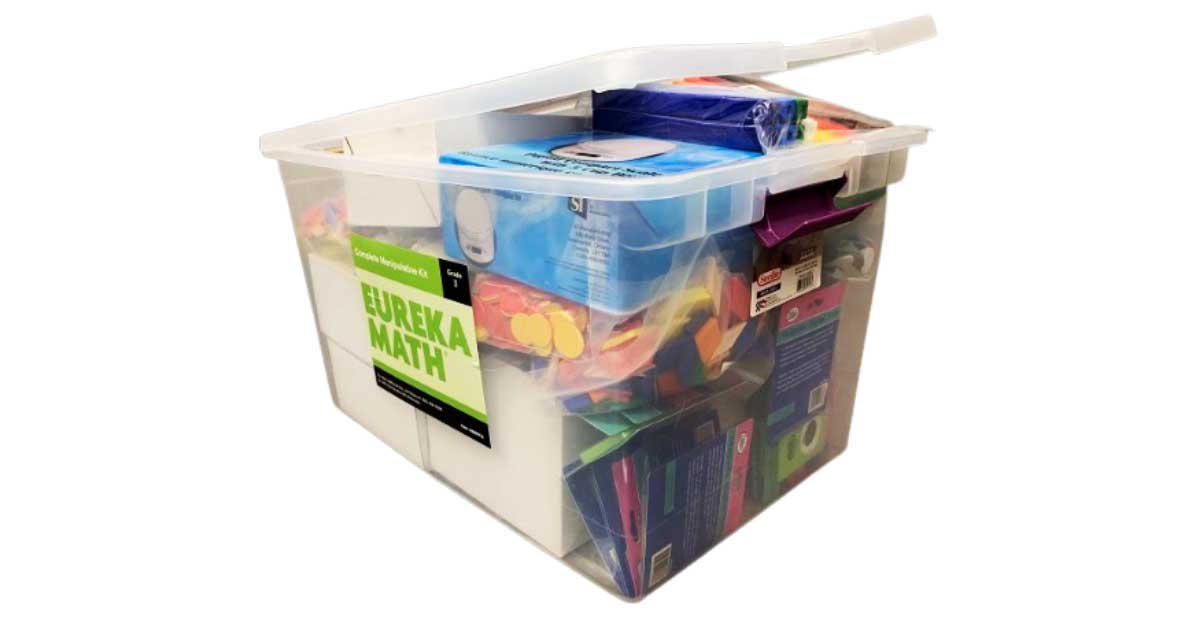By: Theresa, Ethan, and Allyson (Group T.E.A.)
Our group received the challenge of increasing the use of Math manipulatives at Willow Dale Elementary School. The first steps were simple; research the curriculum and manipulatives as a math tool. As part of our research, we had the chance of meeting Mr. D’Andrea, an instructional coach in the Centennial School District. From this meeting, we learned that fractions were a big area of concern in the 3rd grade curriculum. However, despite the strong start, we would not truly act upon this challenge until February when our team took a trip to Willow Dale Elementary School to explore the math program.
On this trip, we had the chance to meet with 3rd-grade teacher Ms. Rosowski, who provided us with valuable information that we later used to arrive at our solution. We observed that some students seemed disengaged, and not very excited about learning math. Some students, rather than paying attention, were playing with their name tags, daydreaming, or talking to others.
During the interview, we asked Ms. Rosowski if there was ever an activity that students participated in where there was a large level of engagement across the classroom. Since we had already identified a lack of engagement as a problem, we wanted to know what could possibly combat that, and Ms.Rosowski gave us potentially the most important piece of information yet. She told us that in a non-Covid year, the use of real food to teach math concepts was a major success. She recalled that her students were super engaged and were having a lot of fun working with Cheez-it crackers.
In addition to this information, we were also informed of many inefficiencies when it came to already-existing manipulatives. For example, the problem of small pieces was introduced. Small pieces in manipulatives may not sound problematic at first, but in reality, they are. The more pieces there are to a math manipulative or game, the longer it takes to set up and put away. The more time spent on set-up and clean-up, the less time there is for learning and exploring concepts. Also, small pieces can potentially cause a mess if students are not careful.
With this newfound knowledge, our next stepping stone was coming up with an idea that could pose a solution. While looking for this solution, we also needed to ensure that we eliminated the use of small pieces and created something that students would enjoy. We focused our perspective on creating a new manipulative or game, taking into consideration this helpful feedback from Ms. Rosowski and Mr. D’Andrea.

Eventually, we arrived at the idea of a pizzeria dealing with fractions as a math game. Although, after some time working with the idea, we started to shy away from it. This is due to the fact that a fraction pizzeria was a common manipulative that already had many variations. As a result, we strayed towards another food item, donuts. From this idea, we came up with the Denominator Diner, a math manipulative game that teaches fractions through a real-life application of ordering donuts and making them. We decided that this idea was superior to that of the pizzeria because although pizza is iconic to learning fractions, at least here in Centennial, donuts would be more unique as they are not as iconic and not as commonly used.







